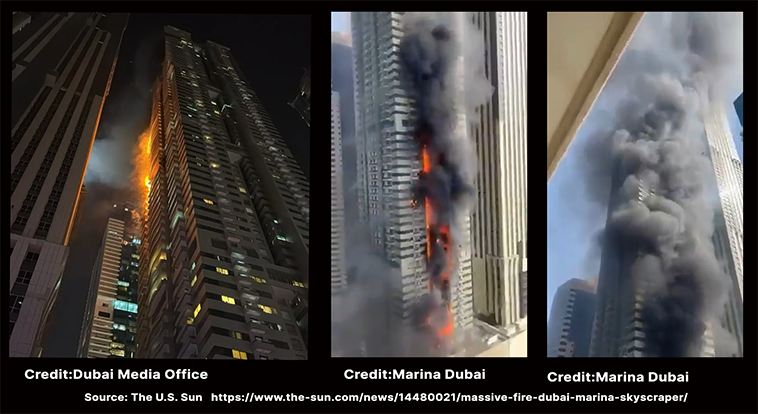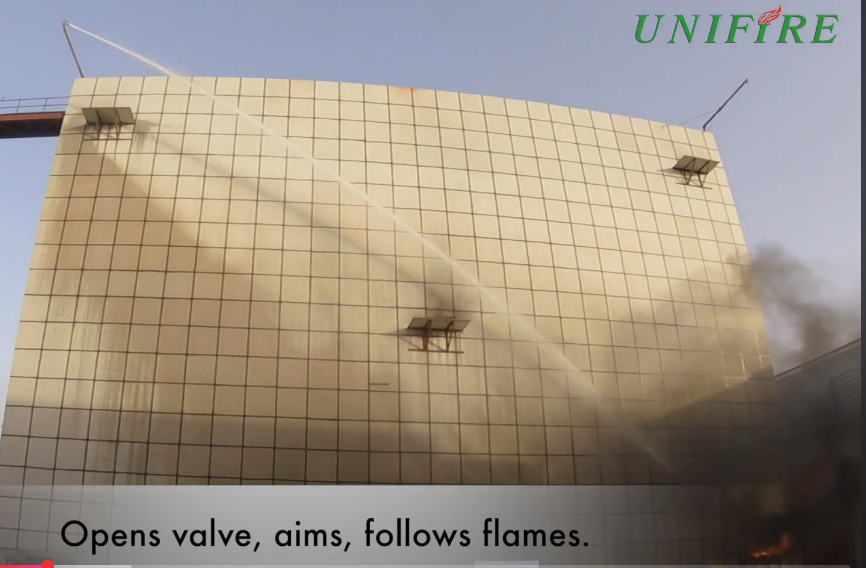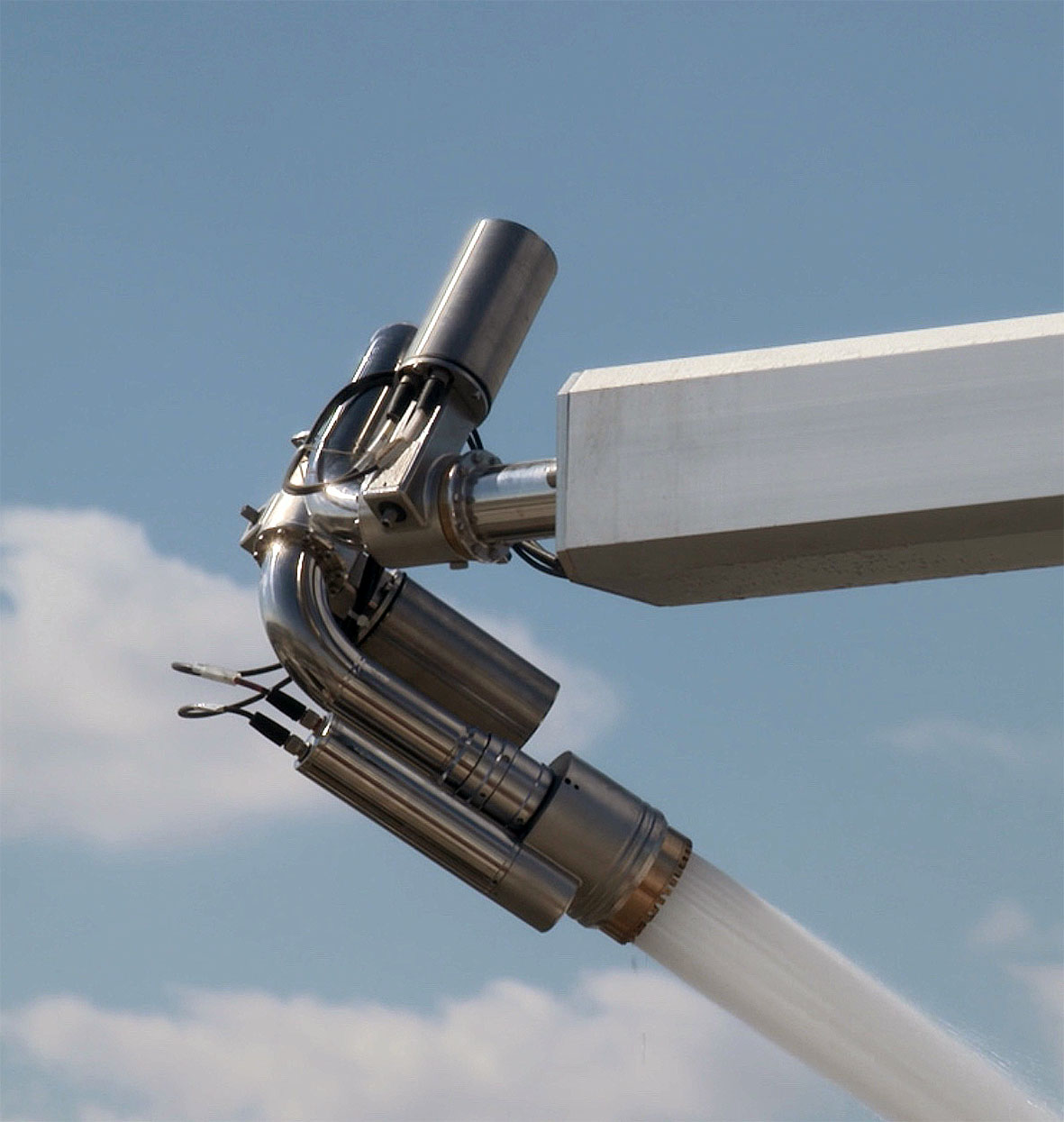
Yet Another Preventable High-Rise Cladding Fire – And Still, No Action!
On June 14, a massive fire tore through the Tiger Tower (also known as the Marina Pinnacle)—a 62-storey residential skyscraper in Dubai’s Yas Marina. Fueled by highly flammable aluminum composite material (ACM) cladding, flames spread rapidly up the building’s exterior.
Miraculously, all 3,820 residents from 764 apartments were safely evacuated. But next time, we may not be so lucky.

Watch footage of the fire here: Terrifying moment huge fire rips through 67-storey Dubai Marina skyscraper forcing 4,000 to flee
Reuters has prepared an excellent overview of the problem, which I encourage you to read here.
Many Others Like it, and Many More to Come
This is not an isolated incident. From the Grenfell Tower tragedy in London (72 dead) to the Address Hotel in Dubai and dozens of others worldwide, the pattern is clear: flammable cladding causes fires to spread at a terrifying speed, putting lives and infrastructure at risk.
Here’s a list of just some of numerous such fires across the globe—including multiple towers in Dubai—all sharing the same root cause: combustible exterior cladding.
- Grenfell Tower, London, UK (14 June 2017): A fire started in a fourth-floor flat and spread rapidly due to ACM cladding with a polyethylene core, resulting in 72 deaths and over 70 injuries. It remains the deadliest UK fire since WWII. Address
- Downtown Hotel, Dubai, UAE (31 December 2015): Fire engulfed the 63-storey luxury hotel near Burj Khalifa, spreading rapidly via flammable cladding. Around 15 people were injured; no direct deaths, but one firefighter later died from smoke inhalation.
- Torre dei Moro Apartment Block, Milan, Spain (29 August, 2021): The Torre dei Moro, a 20-story residential building in Milan, Italy, caught fire on August 29, 2021. The fire spread rapidly due to the building’s cladding and the chimney effect, engulfing the entire structure.
- 8 Boulevard Walk, Dubai, UAE (7 November 2022): Fire raced up the side of this 35-storey residential building, fueled by combustible cladding. All residents evacuated safely; no casualties reported.
- Tower 02, Ajman One Complex, Ajman, UAE (27 June 2023): Flames engulfed a corner of this 36-storey building, damaging 64 apartments and displacing over 250 people. No casualties reported; fire linked to flammable cladding.
- Knowsley Heights Apartment Block, Liverpool, UK (5 April 1991): Fire spread rapidly through cavity behind rubberised concrete outer walls and rain screen cladding due to lack of fire barriers. Serious damage but no reported casualties.
A Proven, Effective, Economical Solution Exists. Why Is It Being Ignored?
UNIFIRE AB has developed the FlameRanger XT—a fully autonomous, exterior fire suppression system that can detect, locate, and effectively suppress high-rise façade fires within seconds, all the way from the ground to the top of the building.
✔ Detects & suppresses fires from the ground to the top in seconds ✔ Successfully & extensively tested extensively in over 60 scientific fire tests conducted by RISE (Sweden) and Thomas Bell-Wright (Dubai)
✔ Designed specifically to protect buildings with combustible cladding (ACM)
✔ Customizable and cost-effective for retrofitting existing buildings
Unifire presented the system to Dubai Civil Defence in 2018. It was showcased by NAFFCO at INTERSEC 2018. It has been proven to be highly effective. Yet, despite growing awareness—and rising death tolls—no action has been taken and fires continue.

How Many More Catastrophic Fires Will it Take?
The technology exists to stop these fires spreading. The tests have been done. It’s proven effective. The risks are known.
So why are buildings still burning?
If you are responsible for a high-rise building with combustible cladding—or know someone who is—now is the time to act.


